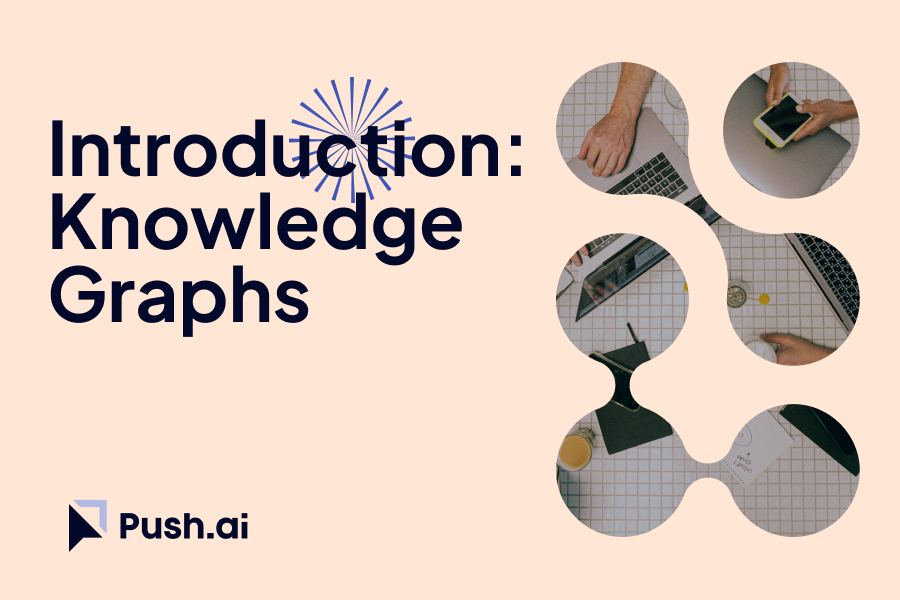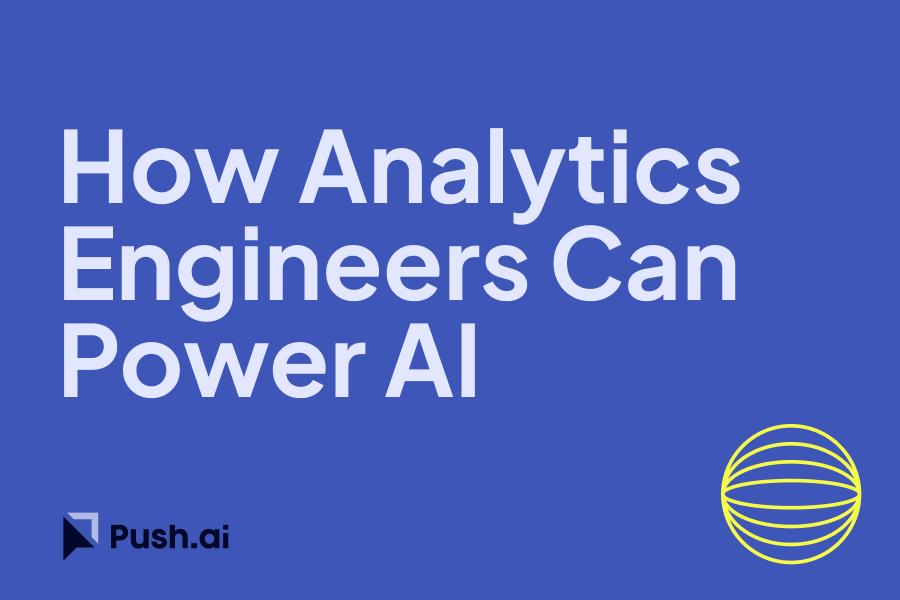The landscape of data analytics is rapidly evolving, with new tools and functionalities continuously being developed to enhance the capabilities of analytics teams. Snowflake Cortex has introduced several innovative machine learning (ML) and artificial intelligence (AI) features over the past couple of years, making it easier for teams to implement and scale their AI/ML workflows directly within the Snowflake environment. This blog post explores these new functionalities and how they can be leveraged for various use-cases.
1. Time Series Forecasting
Functionality: ML_FORECAST
Use-Case: Predicting future values based on historical time series data.
Example: Forecasting sales, stock levels, or demand for products.
Implementation:
SELECT
date,
sales,
ML_FORECAST(
sales,
LOOKAHEAD=30
) OVER (ORDER BY date) AS forecasted_sales
FROM
sales_data;
Benefits:
- Provides accurate forecasts based on historical data trends.
- Helps in planning and inventory management.
2. Anomaly Detection
Functionality: ML_DETECT_ANOMALIES
Use-Case: Identifying outliers or anomalies in datasets.
Example: Detecting fraudulent transactions or unusual behavior in network traffic.
Implementation:
SELECT
transaction_id,
amount,
ML_DETECT_ANOMALIES(
amount
) OVER () AS anomaly_score
FROM
transactions;
Benefits:
- Enhances security and fraud detection capabilities.
- Automatically detects unusual patterns without extensive manual analysis.
3. Clustering
Functionality: ML_CLUSTER
Use-Case: Grouping similar data points into clusters.
Example: Segmenting customers based on purchasing behavior or demographics.
Implementation:
SELECT
customer_id,
ML_CLUSTER(
age,
annual_income,
spending_score
) OVER () AS cluster_id
FROM
customer_data;
Benefits:
- Helps in market segmentation and targeting.
- Identifies patterns and similarities within large datasets.
4. Linear Regression
Functionality: ML_REGRESS
Use-Case: Predicting a continuous outcome based on input features.
Example: Predicting house prices based on features like size, location, and number of bedrooms.
Implementation:
SELECT
house_id,
ML_REGRESS(
price,
size,
location,
bedrooms
) OVER () AS predicted_price
FROM
housing_data;
Benefits:
- Provides insights into relationships between variables.
- Supports predictive modeling and trend analysis.
5. Classification
Functionality: ML_CLASSIFY
Use-Case: Classifying data points into predefined categories.
Example: Categorizing emails as spam or not spam, or predicting customer churn.
Implementation:
SELECT
email_id,
email_content,
ML_CLASSIFY(
email_content,
model='pretrained-spam-model'
) OVER () AS classification
FROM
email_data;
Benefits:
- Automates the classification of large datasets.
- Improves decision-making processes by categorizing data effectively.
6. Custom Model Inference
Functionality: ML_INFER
Use-Case: Running inference using custom pre-trained models.
Example: Using a custom-trained machine learning model to predict outcomes on new data.
Implementation:
SELECT
data_point_id,
feature1,
feature2,
ML_INFER(
feature1,
feature2,
model='custom-model'
) OVER () AS prediction
FROM
new_data;
Benefits:
- Flexibility to use custom models trained outside of Snowflake.
- Seamlessly integrates custom ML workflows within the Snowflake ecosystem.
Conclusion
Snowflake Cortex continues to expand its suite of ML and AI functionalities, providing powerful tools that significantly enhance the capabilities of analytics teams. These new features enable sophisticated analysis, from time series forecasting and anomaly detection to clustering, regression, classification, and custom model inference. By leveraging these tools, teams can streamline their workflows, gain deeper insights from their data, and drive more informed decision-making processes.
For more detailed information and the latest updates, refer to the Snowflake Documentation.


%201.svg)







